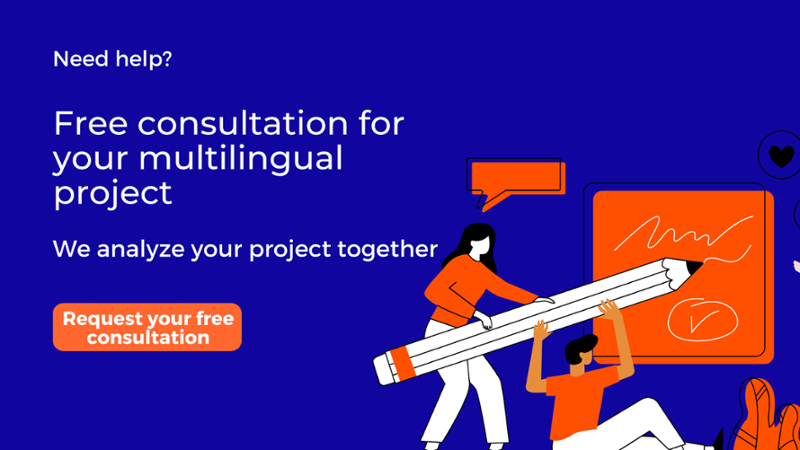In today's world, a large part of the content we consume is multimedia content. In other words, it involves more than one channel. Images, sound, and text have a near-equal amount of importance. This makes multimedia translation a crucial part of sharing, exporting, and internationalizing this content. That said, translation in this context implies several actions or processes; let's take a look at the most important.
Components of multimedia translation
We want to start by clarifying that not all components are present in every project, although on some occasions they are.
SUBTITLING
Imagine you have a documentary, movie, or audiovisual content you want to bring to other countries. You will need to subtitle it, assuming you want to keep the original audio as is. Of course, this depends on your target audience. In terms of art house cinema or documentaries, subtitling is the preferred option. On the other hand, subtitling is not recommended for advertisements, as these connect better with the target audience in their native language.
TRANSCRIPTION
Transcription is the systematic representation of language in writing. It is a fundamental part of the process that functions as a guide for the translation. A transcript is made of the original audio file, which allows a translator to translate the narrative, independently of the other elements of the content.
VOICE-OVER
Here we are referring to spoken text. Accordingly, this process requires the proper resources, including a microphone and equipment that records and modulates the voice correctly and, when necessary, adds it to the corresponding images.
DUBBING
This is another important technique. Many multimedia projects have their content translated into another language using orators who lend their voice to the project. Here it is important to correctly reproduce the intention of the text, the strength behind the voice, and so on. Additionally, it sometimes involves adapting texts so that the movements of the person on the screen (e.g. a video testimony on camera) match the sounds made by the dubber. The dubbed content must be as faithful as possible to the original, not only in the text itself, but also in the way it is interpreted.
Employing the services of a cross-cutting translation agency
As you can see, these types of translations require several technical and professional tools at once. Therefore, if you find yourself needing to translate audiovisual content from one language to another, the best plan of action is to hire a specialist translation agency that, through a cross-cutting approach, can handle all your needs simultaneously. Ideally, you wouldn’t work with different companies, as this would slow down the project and impede a comprehensive service.
The key to multimedia translation is understanding the wide range of professional and technical tasks needed to provide an efficient and comprehensive result.









